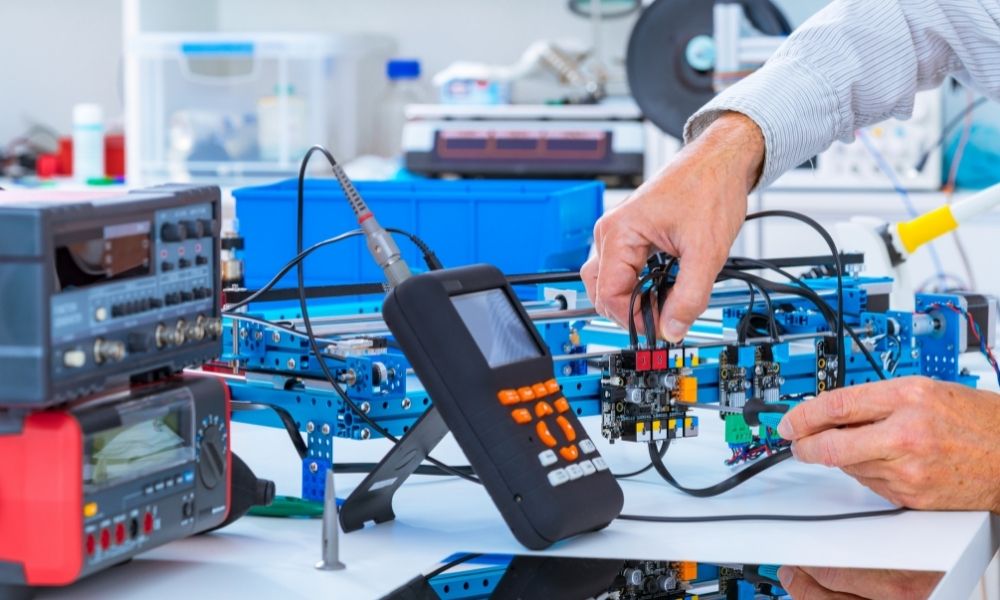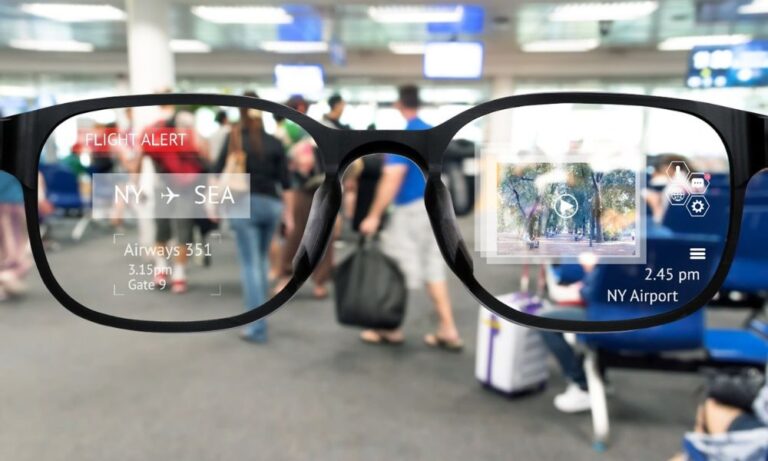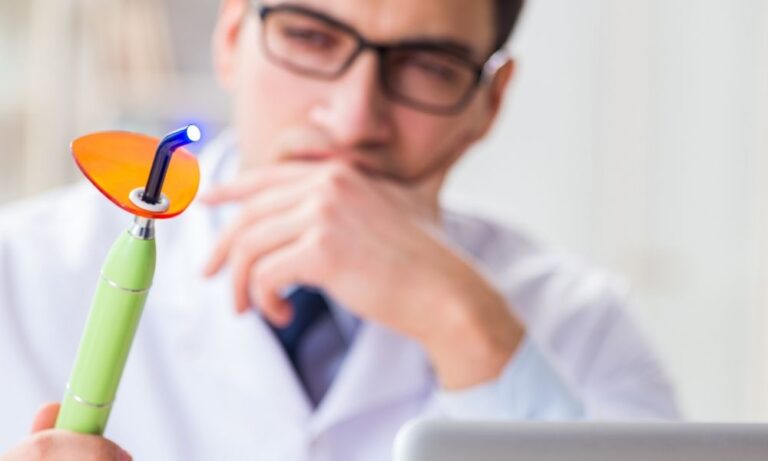Light testing equipment helps us gain a better understanding of light systems. These devices enable us to collect accurate data about the quality and safety of numerous products, such as light fixtures, bulbs, and even entire lighting systems.
However, without the proper upkeep, this equipment’s functionality and precision can suffer greatly. So, it’s prudent to learn about the importance of maintaining and calibrating your light testing equipment.
What Is Light Testing and How Does It Work?
Before delving into how and why you should maintain your light testing equipment, it’s prudent to discuss what this type of testing entails and why it’s essential in the first place. While light testing is useful across numerous applications, one of the most crucial is testing light for safety and quality assurance.
Light meters and other types of equipment help users collect the data necessary to determine whether or not devices like adjustable wavelength LEDs, for example, are fit for distribution. Light testing equipment can often find damages and inconsistencies in products.
Inherently, this makes it much simpler to catch issues before they ruin a product or make it hazardous. Naturally, light testing can help prevent serious damages, injuries, and even lawsuits resulting from selling faulty products.
How Do I Maintain My Equipment?
Ensuring that you have the proper light testing equipment is essential if you’re hoping to get the most out of your inspections. And just like any other type of tool, this equipment requires a certain level of maintenance to function optimally for as long as possible.
Most light meter manufacturers recommend that you perform a calibration annually. However, if you’re working in harsh conditions that might make your meter more susceptible to damages, it’s wise to calibrate them more often. Just as well, because of the sensitivity of these meters, it’s prudent to ask yourself a few questions before discerning whether or not calibration is required:
- Are you taking critical measurements?
- Is there a broad range of components you’re working with?
- Are you trying to solve a problem concerning product quality?
- Are you working in harsh conditions that accelerate wear on your equipment?
Taking the time to ask yourself these questions can ensure that you’re recalibrating your equipment only when it’s necessary. And as a result, you’ll have durable, long-lasting light testing equipment that yields only the most accurate measurements for each light test.
What Are the Benefits of Maintenance and Calibration?
Of course, there are obvious benefits to maintaining and recalibrating your light testing equipment. First, it ensures the longevity, quality, and functionality of your light measurement systems so that you always get the most precise and accurate measurements.
Second, the maintenance and calibration of this equipment also contribute to safety and quality assurance for products and services across numerous industries. Just as well, high-functioning equipment can increase profitability by avoiding costs that come with recalls, which also helps to enhance the production efficiency of a facility.





